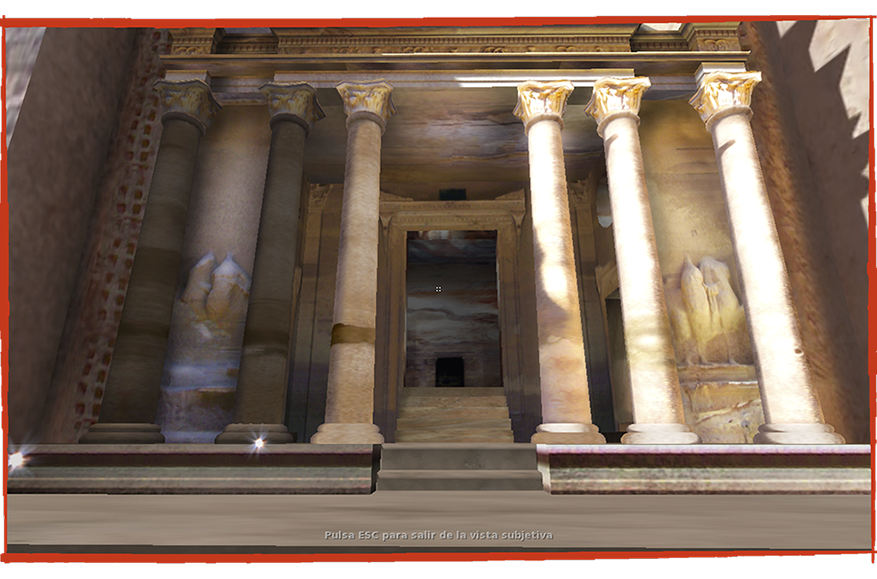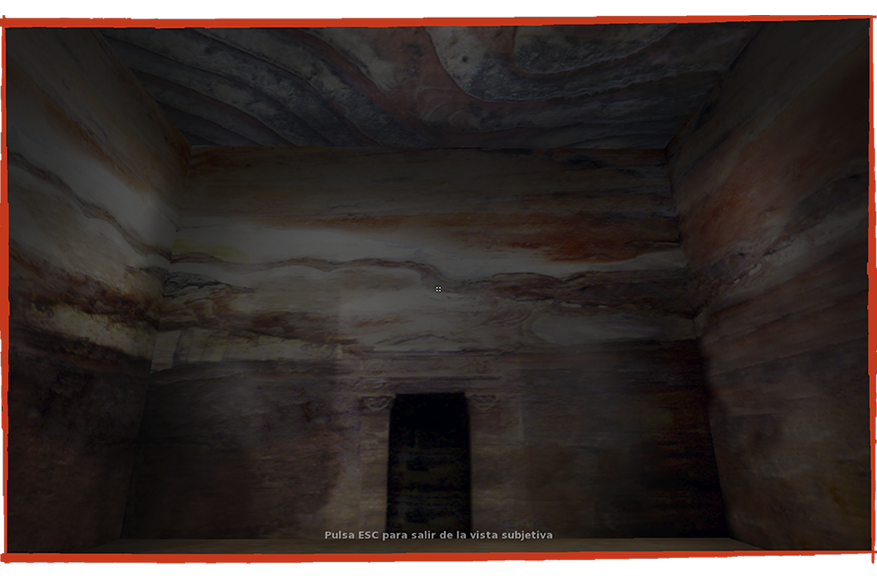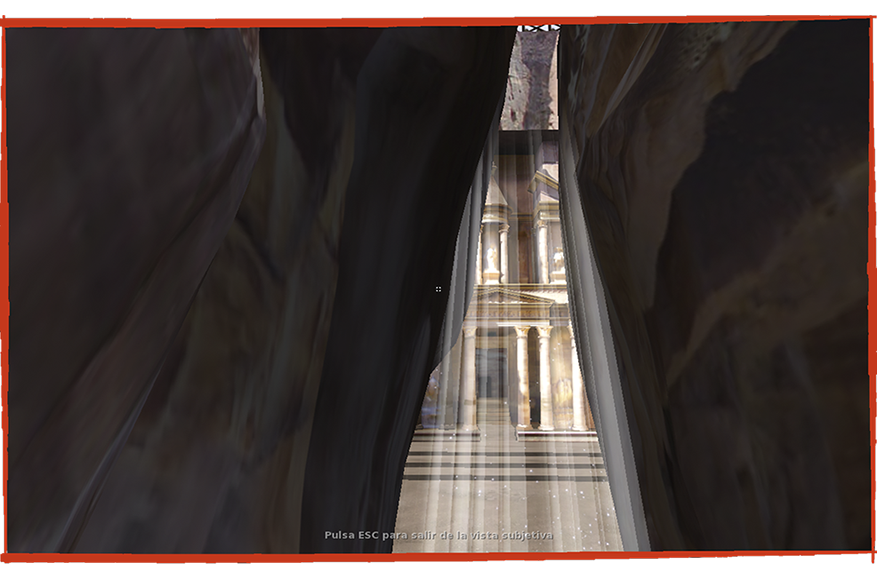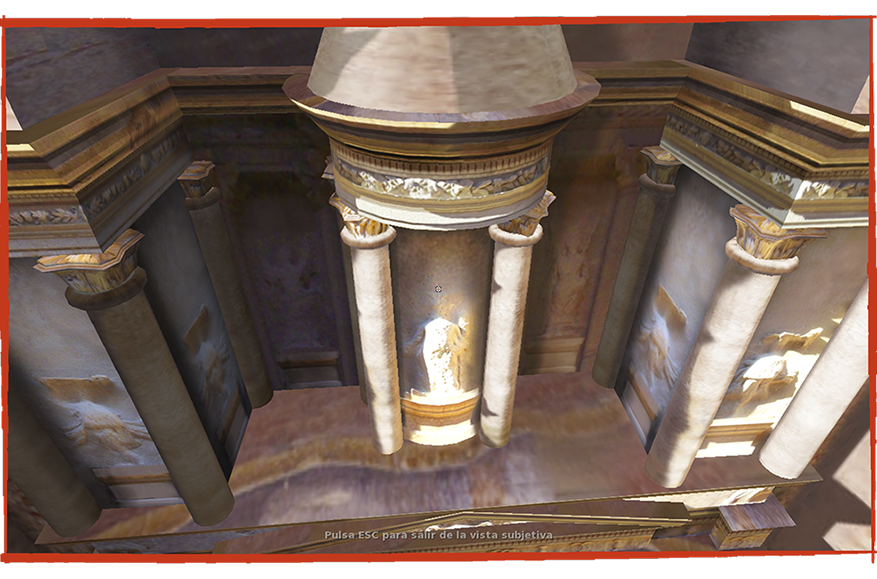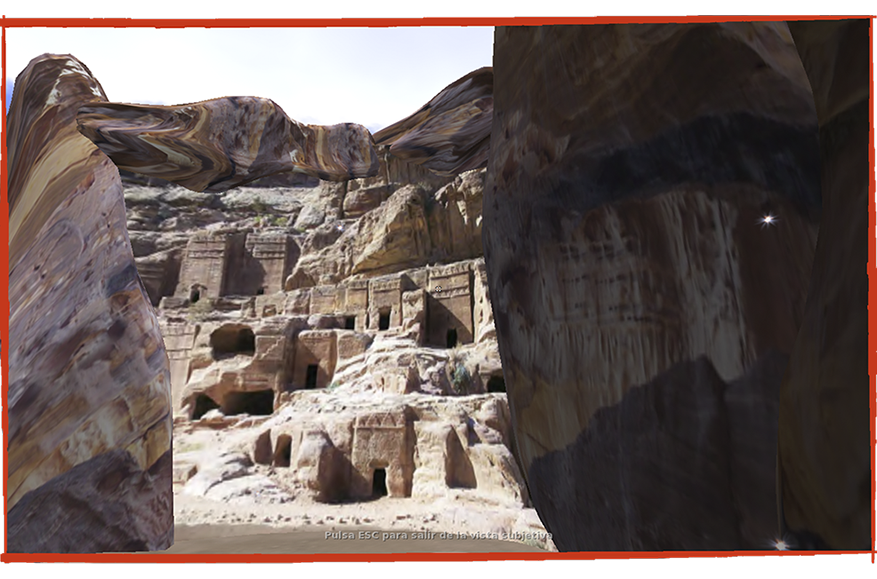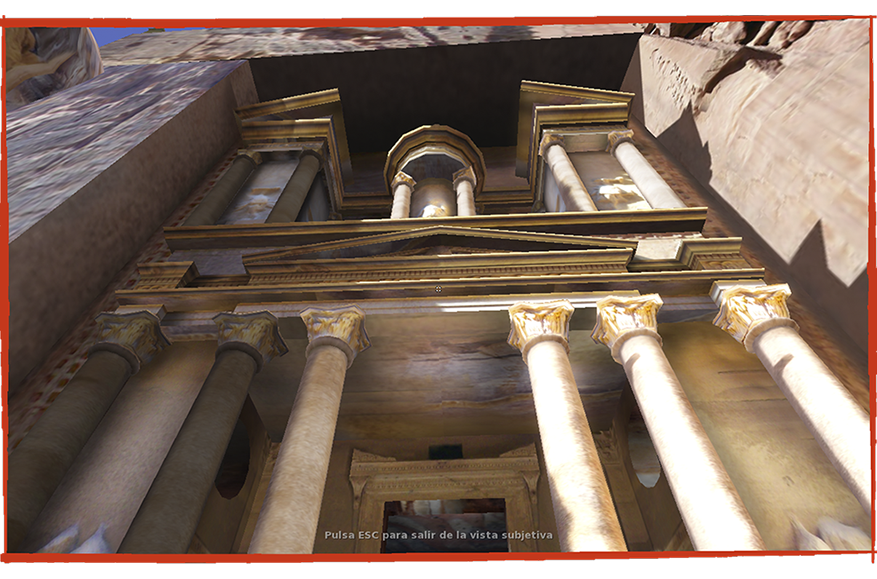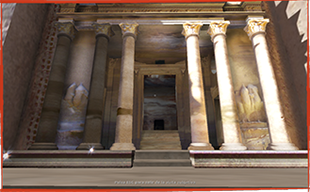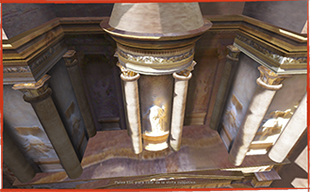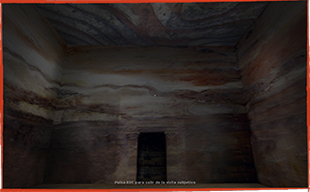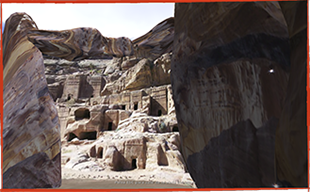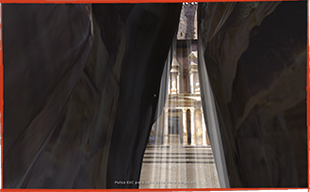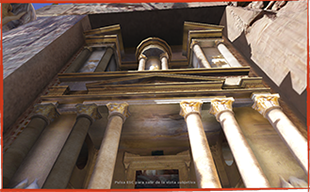PETRA
TECHNIQUE
The work of engineering was so revolutionary that the successive kings and Petra's wealthy families wanted that his tombs were equal of spectacular, excavating the mountains about the downtown in search of the most difficult still, creating this way the labyrinthine complex of royal tombs.
Besides his architectural achievements without precedents, the nabateos were known by his knowledge of ceramics, which thinks itself that they inherited of the Edomitas. Recently there has revealed itself an oven dug in Wadi Musa,, which indicates that Petra was a regional center of production of ceramics until ends of the 3rd century dC; later, the city entered decadence.
The Khazneh, therefore, shows the combination of constructive tradition nabatea with a decoration in the front of clear tradition helenística, that already at the time characterizes also the constructive Roman, but the result in this case is specially surprising: maybe the narrow of the gorge in the one that hides, the pink tone of his sandstone, so typical, and the monumentalidad of his spectacular classic front, they obtain a really impressive effect on the traveler.
The work of excavation and esculpido must not have been easy. It is a question of a hard sandstone and therefore difficult to work. Apparently first the perimeter was excavated where the front was going to be carved and later they were working each of the bodies that form her, beginning on the top part and descending progressively up to the soil. In the low level the haughty columns emphasize enterizas that use him as support, four of them, lateral, attached to the own rock, and the two of the way you exempt. These disappeared with the time, and had to be reconstructed.









